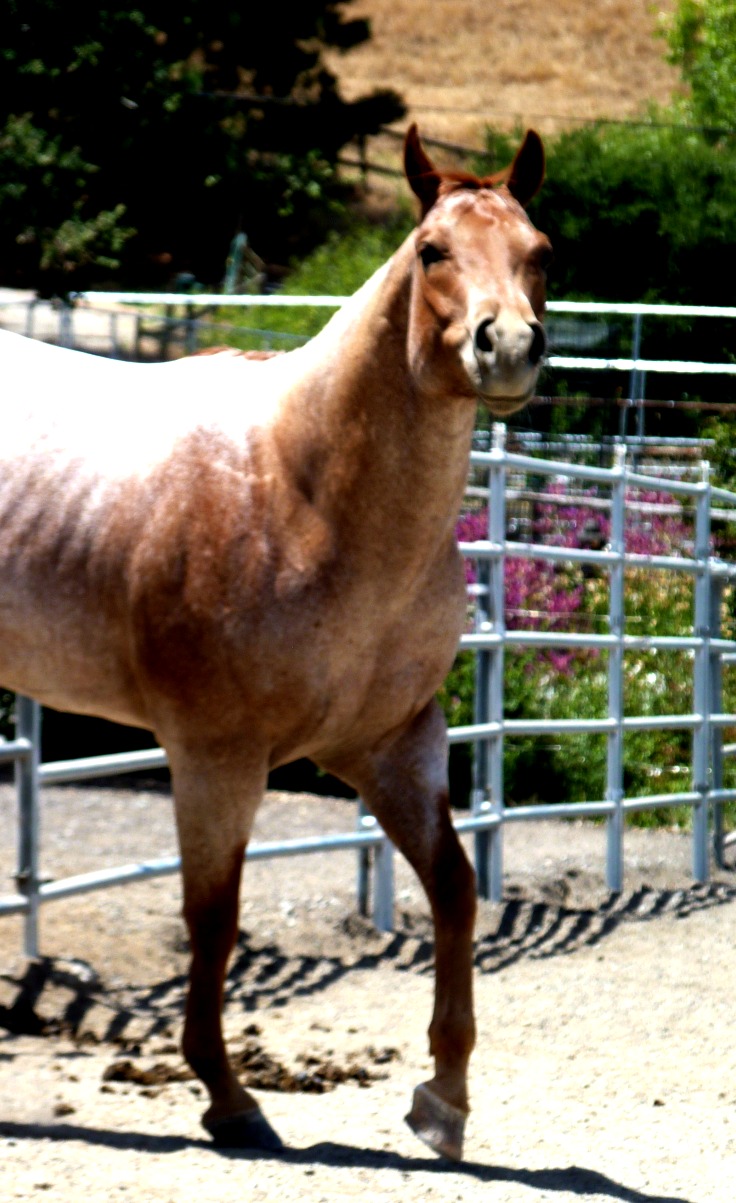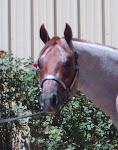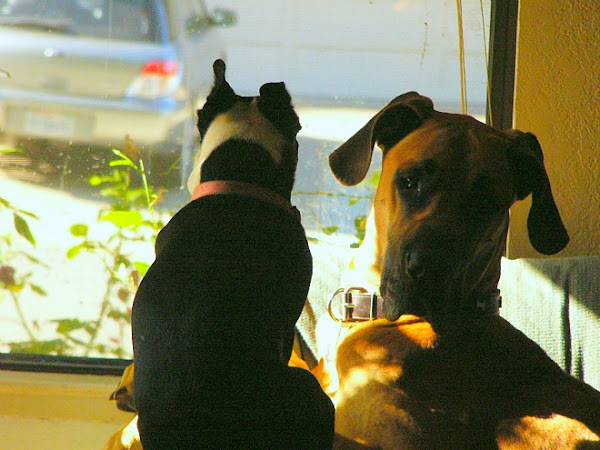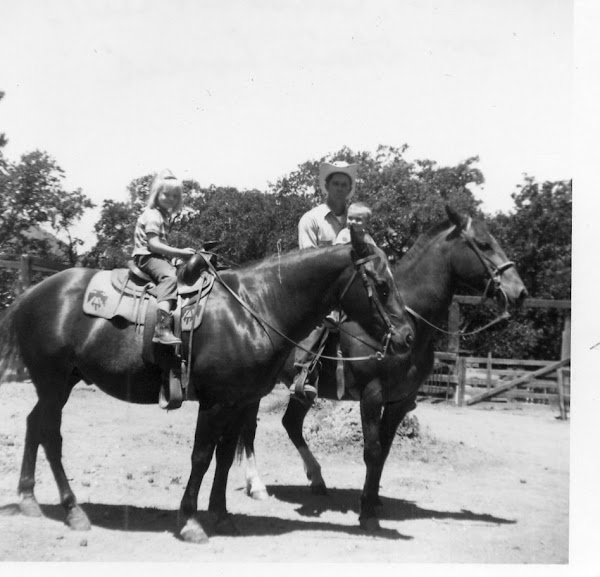On the California Trail of...
.
Flying down Highway 13, just on the Northern edge of
Oakland, where the pickle marshes meet the redwoods, there is a green highway
sign- Joaquin Miller Dr. There is also a Joaquin Miller School and Joaquin
Miller dog park. I had heard of the famous outlaw Joaquin Murietta-famous for
allegedly losing his head- but who was Joaquin Miller?
Joaquin was born Sept 8,1839 and given the exceptional name of Cincinnatus Heine
Miller-“Nat” to his family. (Joaquin later changed his birthdate to November 19, 1841. The reason for the date change is unclear, but perhaps he felt if he were younger he would be more marketable.) About 1850-52 his father moved the family West along the Oregon
Trail and finally settled in Willamette Valley, Oregon. Nat had to work hard,
and I believe that is the one thing that he did not want to do. Through the history of his life, it seems he was always trying to find the easier way to make his living.
Madonna is known for her constantly changing persona, but
she has nothing on Joaquin Miller.
In his lifetime Joaquin Miller was married three times,
had five or six children, (depending on which story you want to believe,) was a
horse thief, a judge, a Pony Express rider, an Editor, a Newspaper man, a cook
, a naturalist, a poet and a play write.
His notoriety, here in California at least, has
everything to do with his books and poetry as well as the company he was able
to keep. He was not as witty as Samuel Clements, had none of the style of Brete
Harte nor the dedication of Ina Coolbrith. He wasn’t as sexy as Jack London or as acerbic as Ambrose Bierce.
Yet these people welcomed him into their circles, invited him to join their
clubs and read his material with care. He must have had a powerful personality, as well as a literary mind.
At the age of 17, Nat ran away from Willamett, and
began immediately changing everything about himself. At 18 he aligned himself
with William Walker, the 1st President of the Republic of Lower
California (Nov 1853-January 21, 1854.)(Nicaragua) He said he went to Nicaragua with
Walker but they had a falling out and
Nat left before long. Good thing too-
William Walker was executed by the Government of Honduras in 1860.
 |
| Castle Crags, Shasta Co |
The year of 1854 found Nat now in the company of the Pitt
River Indian Tribe. He was young and full of juice, speaking up when he should
have been quiet. It was known that he was fond of the women, and took one for
himself. Though he denied having a romantic relationship, he sired a daughter
named Cali-Shasta. The Pitt River Indians fought the U.S Army at the Battle ofCastle Crags in 1855. He often said he was on the 'wrong' side of that altercation,for an Indian woman was credited with saving his life. He also was injured there,claiming his cramped handwriting was a product of an arrow through his wrist and his neck, though no one ever remembered seeing him there and most accounts are taken from Nat himself ( and we know by now that he exagerated a bit!)
Somewhere along the way he
was arrested for the borrowing of a horse that he didn’t buy, nor return. His Native American 'wife' is credited with freeing him from prison. He also said he was a Pony Express rider. Of course most of those records are lost to
history, and there is no definitive list of riders. If Nat did ride for the
Pony Express, it probably was short runs between Sacramento and Oakland, not
overland.
Nat returned to Oregon and supposedly finished college. He moved around towards Nevada and Idaho, saying he mined a fortune in gold. He worked for a time as a mining camp cook- but contracted scurvy from eating his own cooking.
By using the gold and money
he earned from the Pony Express, he bought into a newspaper, The Democratic
Regester,installed himself as Editor and began writing in 1862.
In 1864 He was elected as a Judge in
Canyon City Oregon, Grant County. Evidently the charge of horse thief wasn’t a
deterrent to him practicing law. In this time he began writing poems, sending
them out to the Literati of the day. Bret Harte thought him a bit theatrical,
but was kind in his critique, which served to encourage Nat, rather than deter
him.
He married, legally for the first time around 1867, and had
two (or three) children. In 1868 he published his own book of Poems- 500 copies
of “Specimens”. He gave most of them away.
In 1870, his wife Teresea Dyer finally tired of his shenanigans. He had been linked
romantically with several woman, his lack of work ethic and his general malaise
in respect to their marriage led to their divorce. Never one to weep, Nat
continued to send his poems off, and in 1870 took encouraging words from Bret
Hart to heart and lit off for San Francisco. He met the other circle of Bay
Area writers there, most especially Ina Coolbrith who had a soft spot for him. It
was she that told him he would never be a world class writer with a name like
Cincinnatus- so he changed it, emulating someone he had just been writing about; Outlaw
of California- Joaquin Murietta.
Joaquin began to
get more and more eccentric, his stories became more flamboyant. Ambrose Bierce scoffed that Joaquin had,”
invented himself reading dime novels.” At
this time his daughter Cali-Shasta showed up. Unsure what to do with her, he
left her in the charge of Ina and went to England.
The Europeans have always been fascinated by the Wild
West. In Joaquin Miller they found everything that they desired, eating his stories
up and begging for more. Joaquin dressed in red flannel shirts, wore a sombrero
hat like a cowboy, gauntleted his hands and stomped about in boots. He howled.
He drank. He fornicated. He published ,The
Song of the Sierra, and Life among the Modoc’s, claiming every word to be true to
his life.
Ambrose Bierce said of him,” He was the greatest liar
this country ever produced. He cannot or will not tell the truth.”
Ambrose, Jack and Mark Twain all claimed that their
stories were ‘true life’, and while that may mostly be true, there is still a
bit of poetic license in all of them. The fact that they all called Joaquin
Miller out on his ‘tall stories’ makes one wonder about their objectives. Of course,Joaquin’s claims about every aspect of his life also become suspect.
While in England he began to call himself, “The Byron of the Rockies”, or "The American Byron", and made quite a show of visiting Lord Byron's gravesite. He even laid a laurel
wreath fashioned by Ina of California Laurels (Bay) on the grave of Lord Byron as a tribute.
By 1871 Joaquin was back in New York. Despite his rousing
success, the adulation of the Europeans was wearing thin. Girl trouble? I think probably. While in New York he touted himself as a Play
write, orator and writer but that success was just not enough. He married Abigail Leland and had ( at least) one more child.But the West called him and soon he was back in San Francisco.
He began getting more notoriety, money was coming in. He
bought several tracts of land and built a ‘compound’ he called “ The Hights’. The little house he built was called "The Abby" now a California State Park. Many notable writers began coming around, he hosted long parties, entertaining
his friends and detractors alike.
 |
| Plaque at The Abby |
 |
| The Abby |
His love for the open spaces and the tall trees of his
youth spurred him to plant hundreds of trees on his property as well as Angel
Island in San Francisco Bay. Arbor Day was a Joaquin Miller invention, and the people
who travel to Joaquin Miller Park can still see the trees he planted there. He
even hired guards to protect his trees from revelers’ who wanted to cut
Christmas Trees on his property during the holidays.
 |
| Redwood trees |
Perhaps he was encouraged and jealous by the adventures
of Ambrose Bierce and Jack London, because in 1897, not content to sit in The
Hights and write, he travelled to The Yukon. It wasn’t a successful trip. He
lost a few toes to frostbite.
Ever the lothario, he returned to The Hights, fended off
a lawsuit from a 16 year old girl, and was kept company by his daughter
Juanita. He died February 17 1913.
But of course the story doesn’t end there! During his life Joaquin was captured by the
stories of other mythic heroes- he considered himself one. On his property he
had erected several monuments to people he considered worthy- Robert and
Elizabeth Browning, Moses and John C Fremont. Why he didn't erect one to his hero Lord Byron is a mystery. He also erected a Funeral Pyre for
himself, with instructions that his body should not be embalmed, and there should be
no religious ceremony. This is what he wanted , but his wishes were mostly
ignored. His funeral was held on Feb 19 and was attended by huge crowds of
people, mostly wanting to be associated with his celebrated name. The Preacher
who spoke called him “The last of
America’s great Poets”, although he himself said, "I couldn’t tell the difference
between a hexameter and a pentameter to save my scalp.”
He was finally cremated and Members of The Bohemian Club and The Press Club returned the ashes to the funeral pyre in May, where they burned the urn that held his ashes.
Joaquin Miller was one of the founders of the The Press
Club of Alameda in 1909- A faction split off and is now renamed The California’s
Writers Club.
Visitors to Oakland can visit Joaquin Miller Park take an easy hike around the park and see the monuments Joaquin erected. During the summer there are plays and music on The Steps. Every where the ghost of Joaquin lurks.
The Writers Memorial Grove at Joaquin Miller Park in California
celebrates Californias writers by the planting of trees. Of course the first
tree planted was for Joaquin.


















